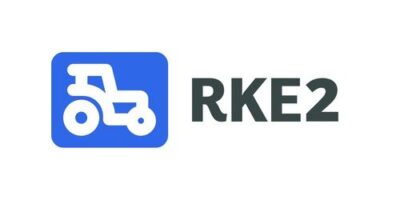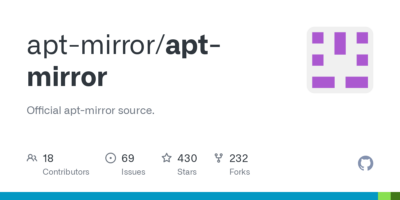Overview
These patterns represent effective approaches to building robust, scalable, and useful monitoring systems.
Pattern #1: Composable Monitoring
Instead of a single monolithic tool, adopt a flexible toolset that can be combined and adapted.
- Toolset Approach: Choose a suite of specialized tools that work well together.
- Data Collection: Use dedicated collectors (e.g., Collectd for metrics, Logstash for logs). Consider push models over pull models for certain scenarios for better scalability and network efficiency.
- Data Storage: Store metrics in a centralized Time Series Database (TSDB) (e.g., Prometheus, InfluxDB). Logs should go into a dedicated logging system (e.g., Elasticsearch, Loki) via log agents (e.g., Filebeat, Fluentd) or
rsyslog. - Visualization: Utilize powerful dashboarding tools. Grafana is highly recommended due to its support for multiple data sources and its flexibility in creating custom dashboards. Dashboards should be easy to customize to meet specific needs.
- Alerting: Configure alerts based on defined requirements, not default settings. Alerts should be actionable and minimize false positives.
- Advantages: This approach avoids vendor lock-in, allows you to leverage the best-of-breed tools for specific tasks, and provides flexibility to replace components as needs evolve.
Pattern #2: Monitor from the User Perspective
Shift your focus from internal system metrics to the actual user experience.
- User-Centric Monitoring: Instead of endless dashboards displaying default OS metrics (like CPU or memory unless they directly correlate to user impact), prioritize monitoring that reflects how users experience your service.
- Actionable Metrics: For example, monitoring for a high rate of HTTP 500 errors directly indicates a problem affecting users, regardless of internal resource consumption. If a CPU spikes for two minutes but users experience no interruption, that alert might be ignorable
Pattern #3: Buy, Not Build
Leverage existing solutions rather than trying to build your own from scratch.
- Avoid Reinventing the Wheel: Resist the temptation of “tool obsession” to the point of creating custom monitoring tools.
- Utilize Open-Source or Commercial Tools: Embrace mature open-source tools (e.g., Prometheus, Grafana, ELK Stack) or commercial offerings. This significantly reduces the complexity of setup, customization, and ongoing operations, allowing your team to focus on core business value.
Pattern #4: Continual Improvement
Monitoring systems are not “set it and forget it.” They require ongoing refinement.
- Evolve Over Time: Regularly review and improve your monitoring system as your applications and infrastructure evolve.
- Periodic Re-architecture: Consider a re-architecture of your monitoring stack every 1-2 years to incorporate new technologies, address scaling challenges, or optimize for changing requirements.




Leave a Reply